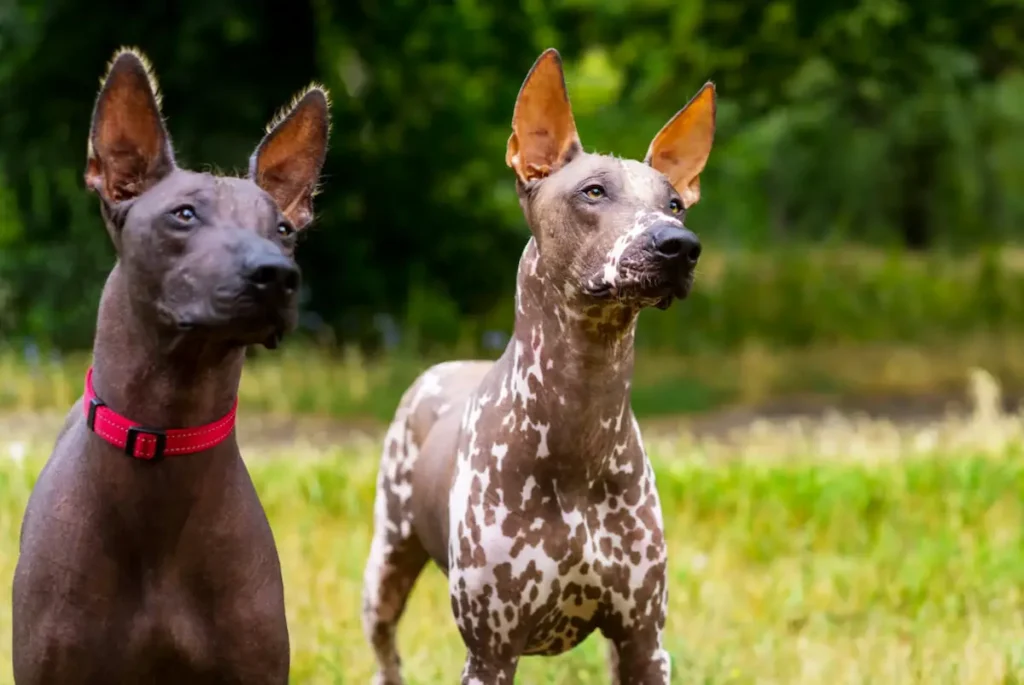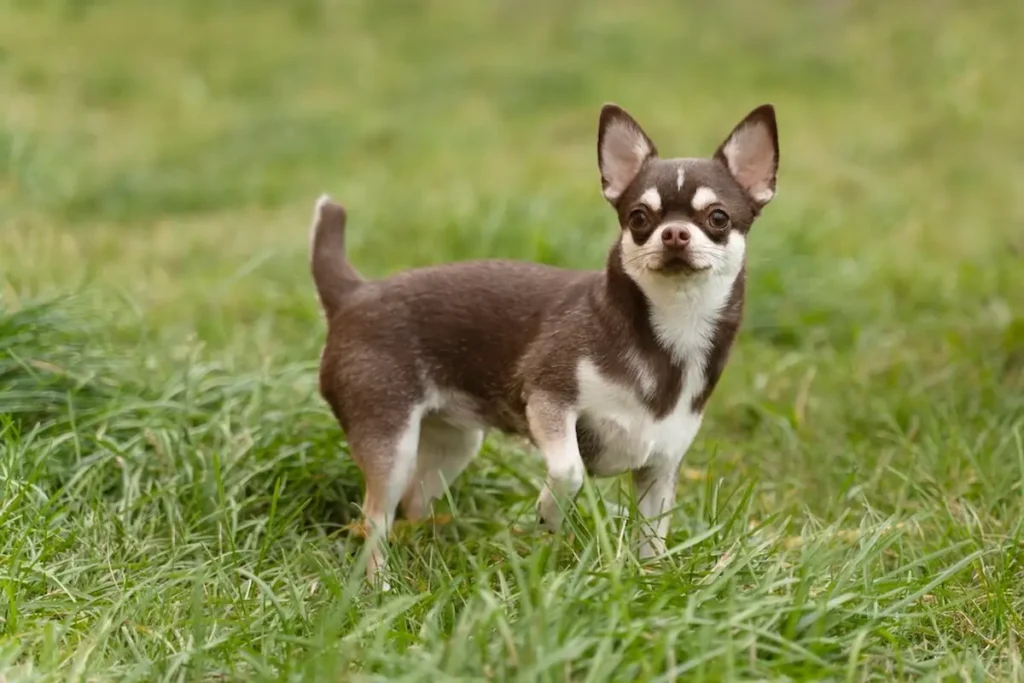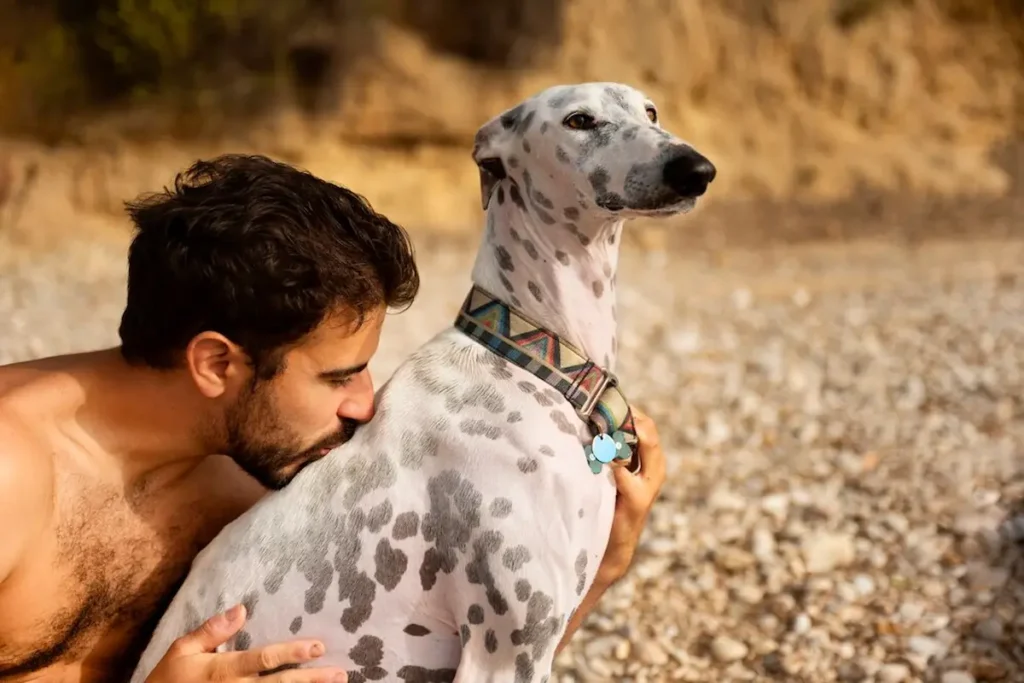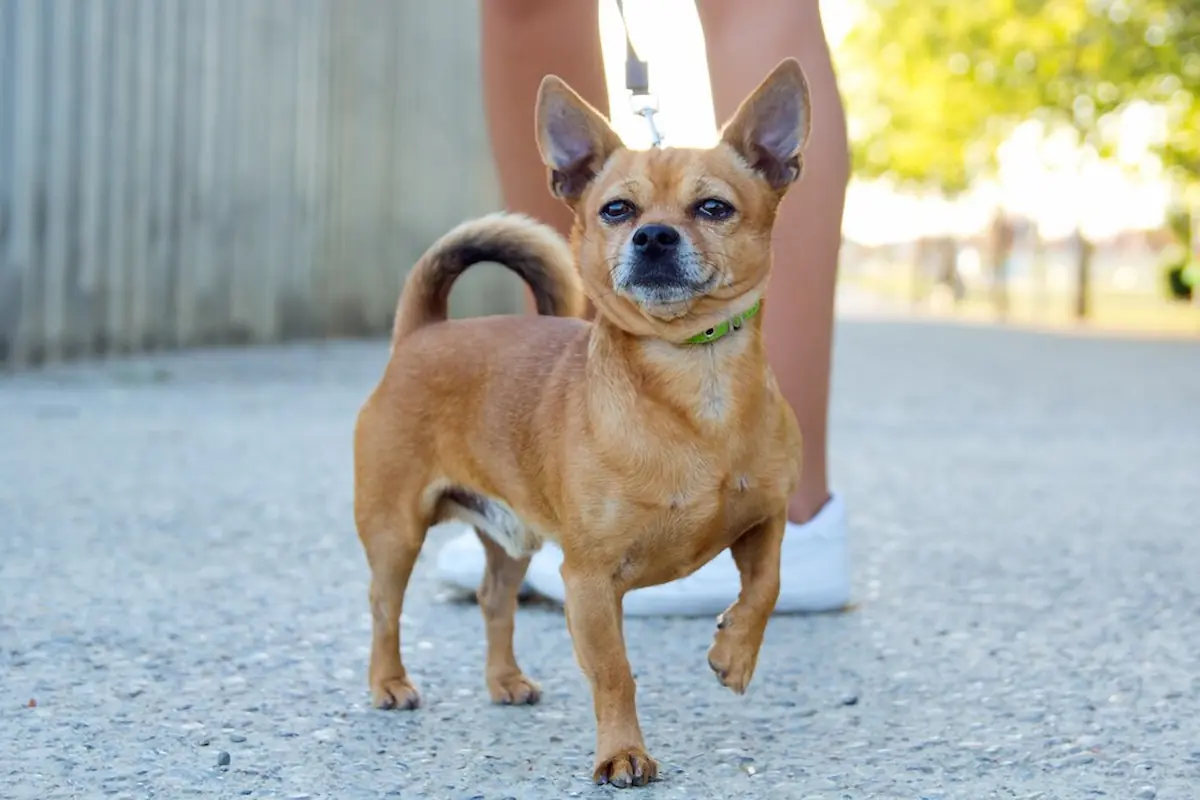Mexican dog breeds hold a special place not only in the hearts of the country’s people but also in the pages of history. From the ancient civilizations of the Aztecs and Mayans to the modern-day streets of Mexico, these dogs have been more than just pets—they have been companions, protectors, and cultural icons. Whether you’re fascinated by the ancient Xoloitzcuintli or smitten by the Chihuahua, Mexican dog breeds are diverse, resilient, and full of character. This article will take you on a journey through the rich world of Mexican dog breeds, their history, care, and what makes them truly special.
History of Mexican Dog Breeds
Mexican dog breeds have a deep-rooted history that spans millennia. These dogs were vital members of ancient civilizations, serving as hunters, spiritual companions, and even medical aids. Archaeological findings show that dogs like the Xoloitzcuintli were revered and buried with their owners, believed to guide them into the afterlife. Over time, the breeds evolved, shaped by their environments and the roles they played in society. Today, Mexican dog breeds carry this legacy, offering a living connection to Mexico’s ancient past.
Related: Top Small Mexican Dog Breeds: Perfect Companions for Any Home
Xoloitzcuintli: The Ancient Mexican Breed

The Xoloitzcuintli, often shortened to Xolo, is one of the oldest and most revered breeds in the world. With a lineage that stretches back more than 3,000 years, this breed was highly valued by the Aztecs, Mayans, and Toltecs. Xolos are known for their distinct hairless appearance, though there are also coated varieties. Despite their ancient heritage, Xolos are modern in their needs—requiring moderate exercise, plenty of affection, and regular skin care to keep their hairless bodies healthy. As a hypoallergenic breed, the Xolo is gaining popularity among families with allergy sufferers.
Chihuahua: Mexico’s Iconic Small Dog

The Chihuahua, named after the Mexican state of the same name, is perhaps the world’s most recognizable Mexican dog breed. Known for its small stature and oversized personality, the Chihuahua is beloved both in Mexico and worldwide. Despite its size, this dog packs a punch with its boldness, often acting as though it is much larger than it is. Chihuahuas are fiercely loyal, intelligent, and, with proper care, live long lives—sometimes as long as 20 years! Their small size makes them perfect for apartment living, but they still require regular exercise and socialization to prevent behavioral issues.
Mexican Street Dogs: The Village Guardians
In Mexico, village dogs, often referred to as “callejeros,” roam the streets, contributing to the country’s unique ecosystem. These dogs are survivors, adapting to harsh conditions with minimal human intervention. Despite their tough lives, many street dogs are friendly and form strong bonds with people. Rescues and shelters often give these dogs a second chance at life by finding them homes. Their resilience, intelligence, and adaptability make them excellent companions for those who understand their complex backgrounds.
Other Unique Mexican Dog Breeds
While the Xolo and Chihuahua may steal the spotlight, other Mexican breeds, such as the Calupoh (a Mexican wolfdog), also deserve recognition. The Calupoh is a majestic breed, developed by crossing wolves with dogs, resulting in a powerful, loyal, and intelligent animal. Although rare, this breed reflects Mexico’s diverse dog heritage and serves as a reminder of the country’s wild past. Other lesser-known breeds, such as the Mexican Pit Bull, also have their place in the country’s canine landscape, showcasing the wide variety of dogs that have come from Mexico.
Physical Traits Common Across Mexican Breeds

Mexican dogs come in all shapes and sizes, but there are some common physical traits that you may notice. Many Mexican breeds are compact, agile, and well-suited for the country’s varied terrain, from urban streets to rural landscapes. Some breeds, like the Xolo, are known for their hairlessness, while others, like the Chihuahua, sport coats that vary in length and texture. Despite their differences, Mexican dog breeds tend to have robust immune systems, a trait developed from generations of adaptation to their environments.
Temperament and Behavior of Mexican Dog Breeds
One thing you can count on when it comes to Mexican dog breeds is their strong personalities. Chihuahuas are known for being fearless and vocal, while Xolos are often calm and loyal. Village dogs, with their history of independence, are intelligent and resourceful, but they also form close bonds with humans when given the chance. Overall, Mexican dogs are known for their loyalty, intelligence, and sometimes strong-willed nature, which makes them unique but also requires consistent training and socialization.
Health and Lifespan of Mexican Dog Breeds
While most Mexican breeds are healthy and long-lived, they can have breed-specific health concerns. For example, Chihuahuas may be prone to dental problems and knee issues, while Xolos need special care to protect their hairless skin from sunburn and irritation. Regular vet visits, proper diet, and exercise can help keep these dogs in top shape. On average, Mexican breeds live anywhere from 12 to 20 years, with smaller dogs like Chihuahuas often outliving larger breeds.
Caring for Mexican Dog Breeds
Taking care of a Mexican dog breed involves understanding its unique needs.
Diet and Nutrition
Diet is one of the most important aspects of caring for any dog. Mexican breeds, particularly the smaller ones, often need nutrient-rich diets to support their high energy levels. Chihuahuas, for instance, need a diet high in fat and protein to sustain their metabolism. On the other hand, the Xolo benefits from a balanced diet that supports its active lifestyle.
Exercise Needs
Despite their size, Mexican breeds are often energetic and require regular exercise. Chihuahuas might enjoy shorter, more frequent walks, while Xolos thrive on longer walks and mental stimulation, such as puzzle toys or training exercises. Village dogs, due to their background, often have higher energy levels and need plenty of space to roam and explore.
Grooming
Grooming needs depend largely on the breed. ChihuI’ve generated a portion of your detailed article on Mexican dog breeds and formatted the outline. Here’s the content for the introduction, history, and a few key sections.

